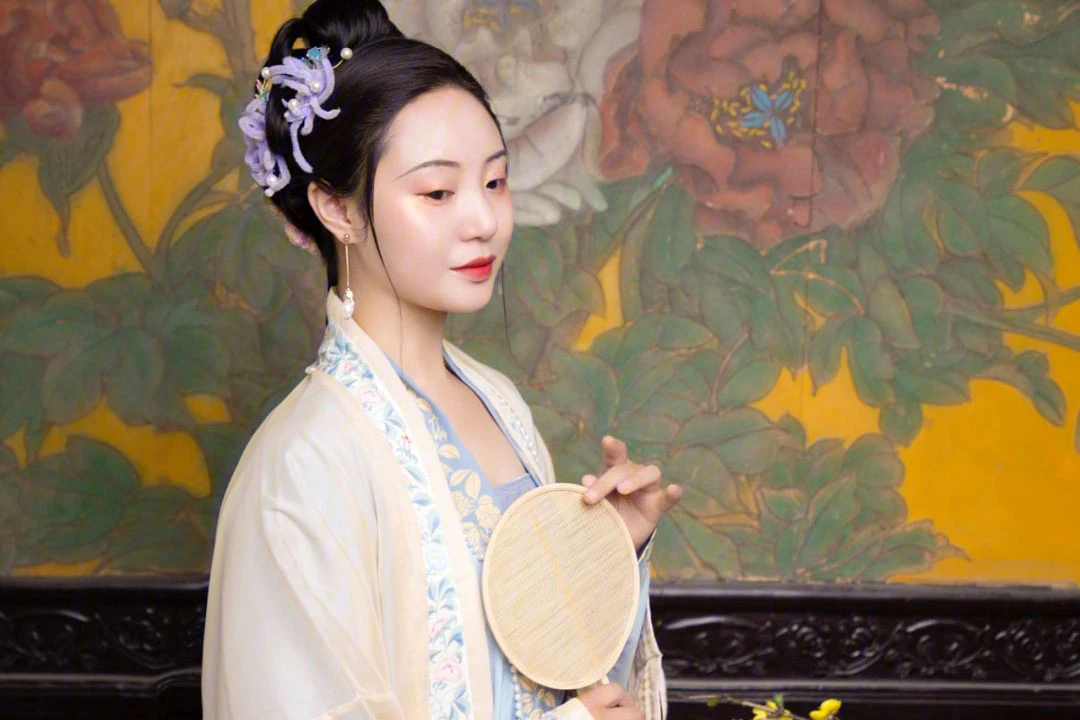Hanfu, with its roots deeply embedded in Chinese history, stands as a symbol of tradition and cultural identity. Originating from the Han Dynasty, this traditional attire has undergone various transformations across different dynasties, reflecting the rich tapestry of China’s historical narrative. The unique features of Hanfu, such as its distinct sleeves and cross-collar design, serve as a visual timeline of the country’s fashion evolution.
In subsequent dynasties, we witness the Ming and Qing Dynasties influencing the intricate details and embroidery found in Hanfu. These historical variations provide a fascinating insight into the dynamic nature of Chinese fashion, where clothing was not just a matter of style but a representation of social status and cultural heritage.
Traditional vs Modern
The dichotomy between traditional and modern Hanfu is a testament to the adaptability of this ancient attire. Traditional Hanfu adheres to the classic styles worn during historical periods, faithfully preserving the authenticity of each dynasty’s fashion. The elegant, flowing robes and elaborate headpieces recreate the splendor of China’s past.
Conversely, modern Hanfu takes a bold step forward by embracing contemporary elements. The fusion of traditional aesthetics with modern fashion sensibilities has resulted in a diverse range of styles. From casual wear to haute couture, designers are finding innovative ways to incorporate Hanfu elements, ensuring its relevance in today’s dynamic fashion landscape.
Hanfu in China
The resurgence of Hanfu in contemporary China is a cultural phenomenon that transcends mere fashion trends. Today, Hanfu is not confined to historical reenactments but has become a popular choice for various occasions. Cultural events, weddings, and festivals see a vibrant display of individuals proudly donning Hanfu, connecting with their roots and expressing a sense of cultural pride.
Social media platforms play a pivotal role in amplifying the reach of Hanfu. Influencers and celebrities, recognizing the cultural significance of Hanfu, have played a vital role in popularizing it among the younger generation. Their influence extends beyond the digital realm, contributing to the resurgence of Hanfu as a symbol of cultural identity.
Hanfu in Global
Beyond the borders of China, Hanfu has evolved into a global phenomenon. Enthusiasts from different corners of the world are embracing this traditional attire, creating a cross-cultural appreciation for Chinese fashion. International events see a diverse array of individuals proudly wearing Hanfu, celebrating its beauty and intricacy.
The influence of Hanfu has also reached the entertainment industry, with global celebrities incorporating it into their wardrobes. This cultural exchange not only showcases the universality of fashion but also fosters a deeper understanding and respect for Chinese traditions on a global scale.
Cute Hanfu: New Trend
The emergence of “cute” or modernized Hanfu represents a dynamic shift in how traditional clothing is perceived. This trend, popular among the younger demographic, introduces playful elements to Hanfu fashion. Vibrant colors, unique patterns, and unconventional accessories bring a contemporary twist to this ancient attire.
Fashion designers are exploring the intersection between tradition and trend, creating cute Hanfu collections that appeal to a diverse audience. The incorporation of modern aesthetics ensures that Hanfu remains a living, breathing part of the fashion landscape, evolving with the times while maintaining its cultural essence.
Conclusion
In conclusion, the revival of Hanfu goes beyond being a mere fashion statement; it is a cultural reawakening. The rich history of Hanfu, spanning different dynasties, reflects the depth and diversity of Chinese culture. As we witness its integration into modern society, it becomes imperative to recognize the importance of preserving and appreciating cultural heritage.
Embracing Hanfu in the modern era is a celebration of China’s diverse history, echoing through the threads of time. It is a call to not only wear the attire but to understand the stories it tells and the traditions it represents. The journey of Hanfu from historical roots to global influence signifies the resilience of cultural identity in an ever-evolving world.


